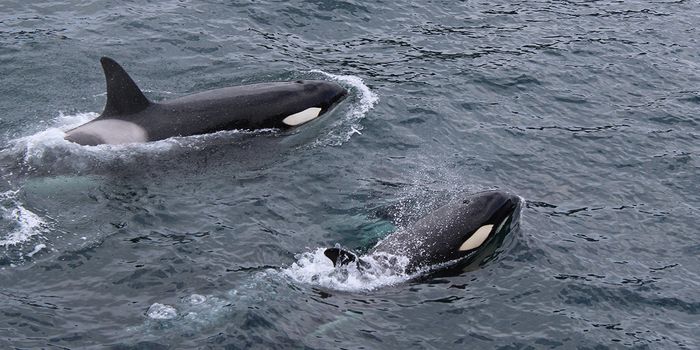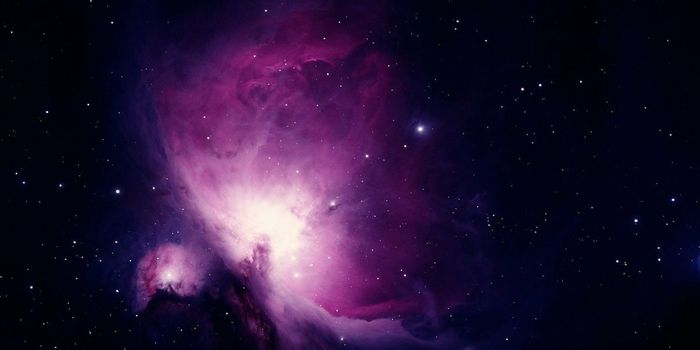Here's What it Would Take for a Supernova to Wipe Out Life On Earth
A supernova is the violent and gigantic explosion of a star as it dies during the final stages in stellar evolution, and for the most part, we don't see them that often. Most supernovae appear far away in distant galaxies, several light years away, and perhaps that's a good thing. On the other hand, supernovae also occur right here in the Milky Way ever 50 years or so.
One supernova can emit as much energy in an instant as our Sun emits over a spans of time 1-million years long. Since these explosions are so bright and violent, have you ever stopped to think about how close one would need to be to wipe out all life on Earth?
The answer? About 50 light years or so. Put another way, our safe bubble expands out about 27 times the size of our Solar System. If a supernova went off any closer, it would be so bright that it would fry us.
There are a number of stellar neighbors within this distance, but they're not expected to go supernova anytime soon. On the other hand, we may be in more danger than ever before as we pass through the 'Local Bubble' in space, which may have more supernovae remnants now than it ever did.
While the chances of a supernova wiping Earth's life out are slim, it's always possible. Earth has been affected by distant supernovae before, but not to the extent of wiping out all life as we know it. Nevertheless, some of the iron from the core of the star that exploded over a million years ago did bombarded our planet and leave us with remnants.








